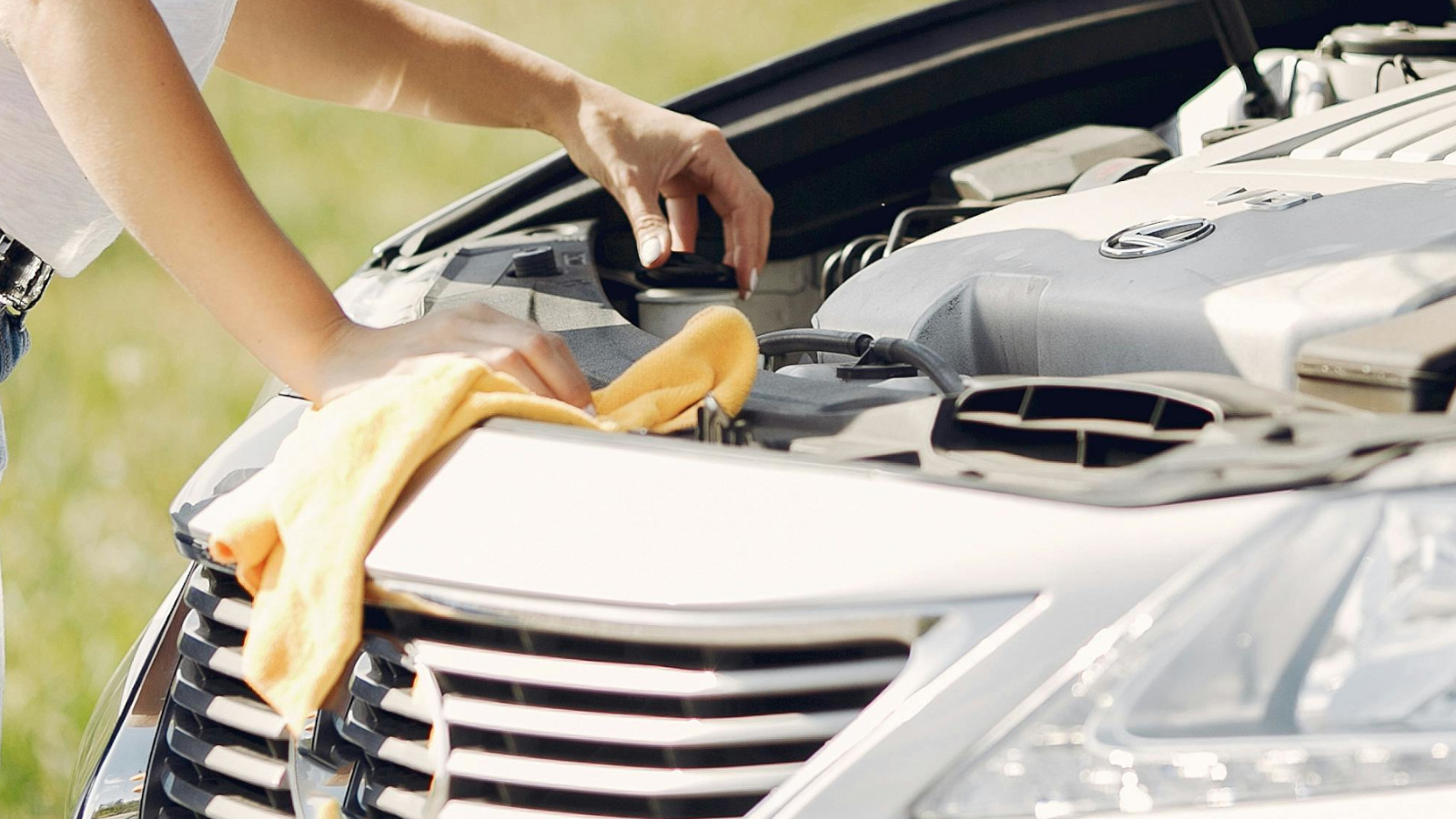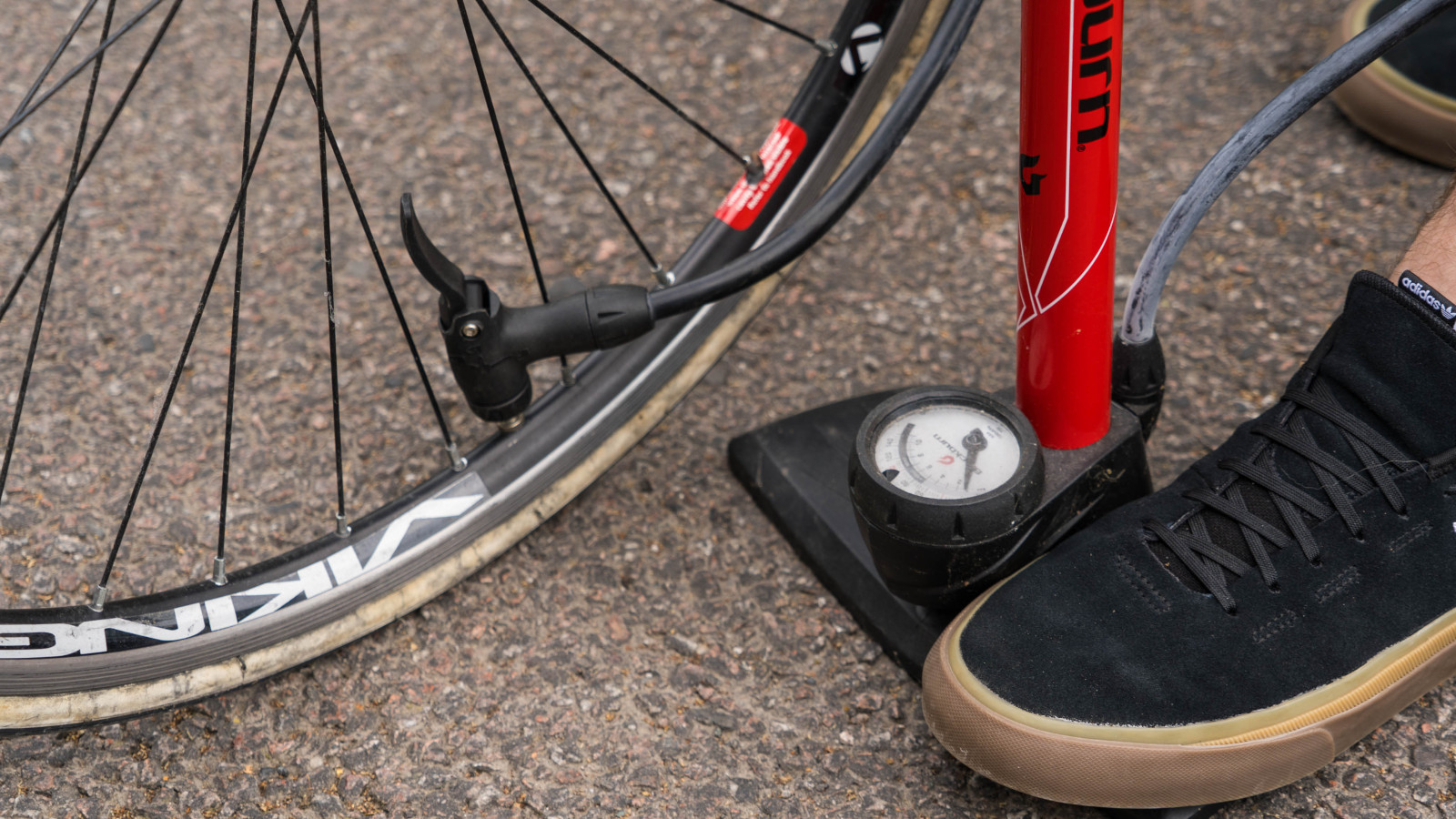Maintaining a clean and efficient car engine is essential for optimal performance and longevity. Traditionally, the process of cleaning a car engine involves using water and harsh chemicals, which can be detrimental to both the environment and the engine components. However, there are alternative methods to clean your car engine without water, promoting eco-friendliness while ensuring your vehicle’s well-being.
The Waterless Advantage
Cleaning your car engine without water offers several advantages over traditional methods. Waterless engine cleaning methods not only save water, a precious resource, but also prevent potential damage to sensitive electrical components and connectors. Additionally, the avoidance of harsh chemicals minimizes the environmental impact and keeps pollutants out of the ecosystem. Here’s how you can effectively clean your car engine without water:
- Gather Your Supplies: Before you begin, gather the necessary supplies. You’ll need a high-quality waterless engine degreaser, a set of detailing brushes, microfiber towels, and a vacuum cleaner with a nozzle attachment.
- Cool Down the Engine: Make sure the engine is cool to the touch before you start. Cleaning a hot engine can cause rapid evaporation of the cleaning solution, potentially leaving residues behind.
- Cover Sensitive Components: Use plastic bags or plastic wrap to cover sensitive components like the alternator, air intake, and fuse box. This precaution ensures that no cleaning solution or debris accidentally enters these areas.
- Apply the Waterless Degreaser: Spray the waterless degreaser generously over the engine surfaces, focusing on greasy and dirty areas. Allow the degreaser to sit for a few minutes to break down the grime.
- Agitate with Detailing Brushes: Using soft detailing brushes, gently agitate the surfaces to help loosen and lift the dirt and grease. Be thorough but avoid applying excessive force to prevent damaging delicate components.
- Wipe Away the Grime: Take a clean microfiber towel and wipe away the loosened dirt and grease. Use different sections of the towel as needed to avoid spreading contaminants.
- Vacuum Excess Debris: With a vacuum cleaner equipped with a narrow nozzle attachment, carefully vacuum up any remaining debris and loose particles. This step helps ensure that no dirt or grime is left behind.
- Inspect and Touch-Up: Inspect the engine compartment for any remaining spots or areas that need further attention. Address these spots with additional degreaser and wiping as necessary.
- Remove Protective Coverings: Carefully remove the plastic bags or plastic wrap from the sensitive components that you covered earlier.
- Final Wipe Down: Give the engine a final wipe down using a clean, dry microfiber towel. This step helps ensure a streak-free finish.
Cleaning your car engine without water not only maintains the health and efficiency of your vehicle but also demonstrates your commitment to eco-friendly practices. By utilizing waterless engine cleaning methods, you can save water, reduce environmental impact, and prolong the life of your engine. Remember to follow the steps outlined above, exercise caution around sensitive components, and perform routine engine cleaning to ensure your vehicle continues to run smoothly while treading lightly on the environment. With these techniques, you can enjoy a clean and greener engine that contributes to a more sustainable future for us all.
Discover more from Wheels Craze - Automotive News, EV News, Car News, Bike News
Subscribe to get the latest posts to your email.





